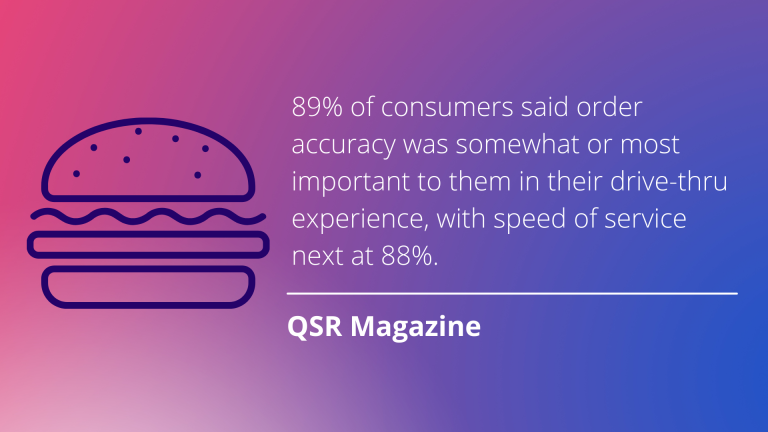The most highly-rated, top-of-the-line cars used to be those with the most horsepower, best engine performance, and attractive body styles. More recently, the quality of in-car experiences—powered by advanced software systems—that create easy, pleasant, and relaxing user experiences is driving the demand for connected, voice-enabled cars. While buyers are still concerned with the outside appeal of a new car, instead of looking under the hood they are examining the options for convenient, hands-free, and frictionless in-car infotainment experiences from every seat inside the cab.
According to Voicebot.ai’s annual In-Car Voice Assistant Consumer Adoption Report, the total in-car user base reached 124.8 million in 2022—38% larger than the user base for smart speakers. Drivers and passengers’ need for efficient, accurate, and hands-free access to the internet, entertainment, in-car features, food ordering, reservations, and payments is increasingly growing. Auto manufacturers have recognized this market opportunity and are looking for ways to get to market faster with a voice assistant that helps grow their brand and vehicle purchases.
When differentiation is the key to attracting more drivers to your brand, implementing a voice assistant that’s customized for your vehicle and designed with your users’ most likely use cases in mind not only answers the demand for hands-free access today but allows your brand to extend the voice experience as technology and opportunities continue to evolve. Built on an independent conversational AI platform, auto OEMs can begin the voice-first journey by including content domains specifically designed for the in-car experience, customized in-car controls, and a variety of features and functionality that will be unique to your in-car experience—fostering brand loyalty, recognition, and affinity.
Here are 4 ways voice assistants are taking the driving experience to the next level:
- Restaurant ordering
- Proactive suggestions
- Smart home technology
- Domains
1. In-car restaurant ordering delights drivers and passengers
The future of conversational AI is expanding capabilities beyond commonly asked queries, such as checking the time or weather, playing music, setting timers, getting directions, and rolling up and down the windows. Instead, drivers and passengers will find delight and engagement when interactive experiences help them satisfy their needs.
Auto manufacturers with voice assistants built on independent conversational AI platforms will have more opportunities for monetization through partnerships with other businesses, such as restaurants that would allow their users to order food while keeping their hands on the wheel and eyes on the road.







